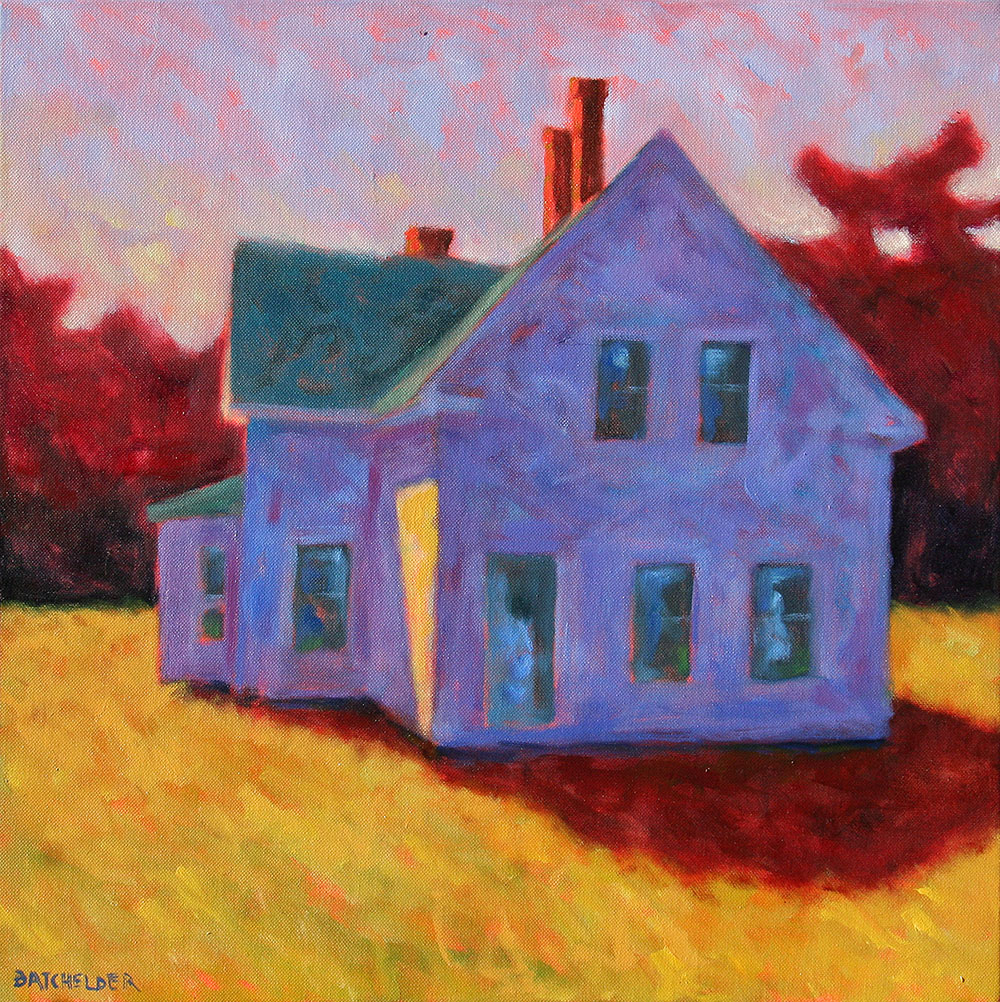Wednesday, September 3rd, 2014
The Disappearing Cape

If you’re familiar with Cape Cod, you know the classic architecture that has defined the Cape for centuries. The classic “Cape” house is known well outside of Massachusetts, owing it’s roots to the Cape, built to withstand storms, and named by a former Yale president who visited the peninsula in the 1800s. The name stuck, and the old Cape cottage style home has remained a defining architectural style not only on the Cape, but throughout New England and beyond.
Since then, the Cape and other classic “New England” style architecture has faded from the Cape’s mystique as newer, bigger houses are built over the foundations of the historic homes.
While on the Cape recently, I noticed the abundance of beautiful old architecture in the most unlikely place…along Route 28, the notoriously summer-clogged two-lane “highway” where tourists and residents inch along, on their way up or down Cape. It’s easy to miss, as you’re inclined to be looking for a restaurant, shop, or gas station as you creep along. But on this trip, the slowed traffic gave me time to actually notice what I was passing, and have passed many times.
This painting, “Centenarian,” is one of these old homes I’ve passed many times, but have not noticed before. If you look past the gas station next door, or the parking lot of the pancake restaurant behind it, there are traces of the “old Cape” made famous in the paintings of Edward Hopper. With the removal of the parking lot and any sign of the Mobil Mart, brought the house back to its roots, to a time when even Route 28 was a scenic aspect of the Cape. Despite the disappearance of many of these older, classic, structures, there are many left, sometimes hiding in the open.
